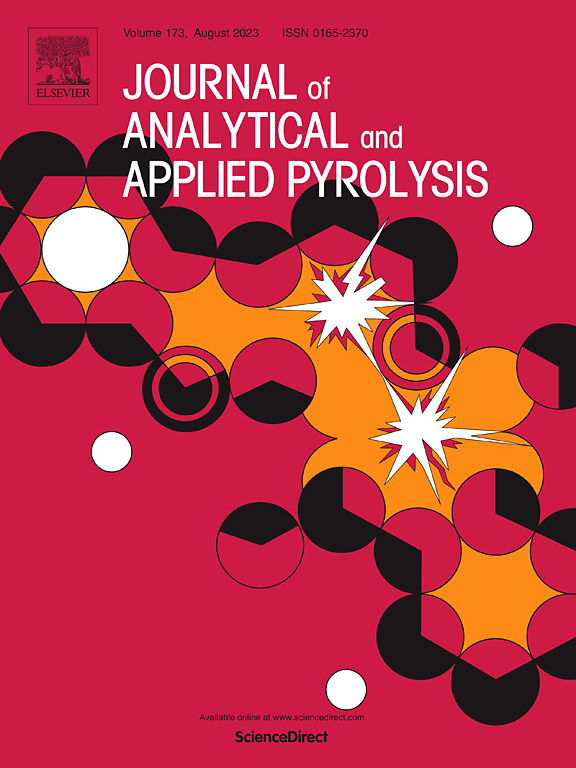Preparation of biomass-derived porous carbon aerogels via ice template-assisted chemical activation for high-performance supercapacitors
IF 5.8
2区 化学
Q1 CHEMISTRY, ANALYTICAL
引用次数: 0
Abstract
Although hierarchical porous carbon materials are widely used in supercapacitors, the poor accessibility and long diffusion distance for ion caused by collapsible carbon hinder the practical application. Constructing structurally stable precursors and fully using internal space is crucial for the preparation of hierarchical porous carbon and the enhancement of its capacitive properties. Herein, a porous carbon with a robust cross-linked network is prepared from gelatin via an ice crystal-assisted chemical activation strategy. The formed cavities regulated by volume in ice crystals template ensure the integrity of carbon framework and highly accessible surface area for activators. This unique structure endows the as-prepared hierarchical porous carbon with a high surface area (2684.5 m2/g). Furthermore, accompanied by the inheritance heteroatoms (N and O) from gelatin, the resultant carbon displays a desirable specific capacitance of 453.7 F/g at 1 A/g and retain 74.4 % capacitance at 20 A/g in the three-electrode system. This work provides insights into regulating the pore structure of biomass-based carbon aerogels, which is essential for developing bio-based, environmentally friendly and sustainable energy storage materials.
求助全文
约1分钟内获得全文
求助全文
来源期刊
CiteScore
9.10
自引率
11.70%
发文量
340
审稿时长
44 days
期刊介绍:
The Journal of Analytical and Applied Pyrolysis (JAAP) is devoted to the publication of papers dealing with innovative applications of pyrolysis processes, the characterization of products related to pyrolysis reactions, and investigations of reaction mechanism. To be considered by JAAP, a manuscript should present significant progress in these topics. The novelty must be satisfactorily argued in the cover letter. A manuscript with a cover letter to the editor not addressing the novelty is likely to be rejected without review.

 求助内容:
求助内容: 应助结果提醒方式:
应助结果提醒方式:


